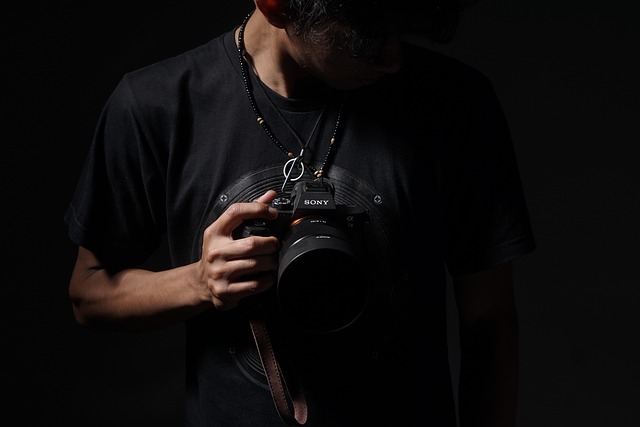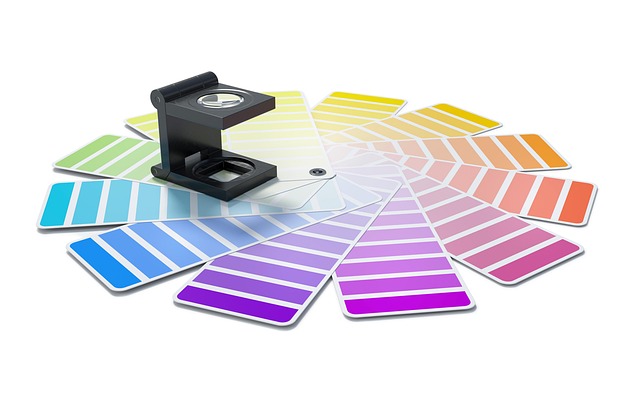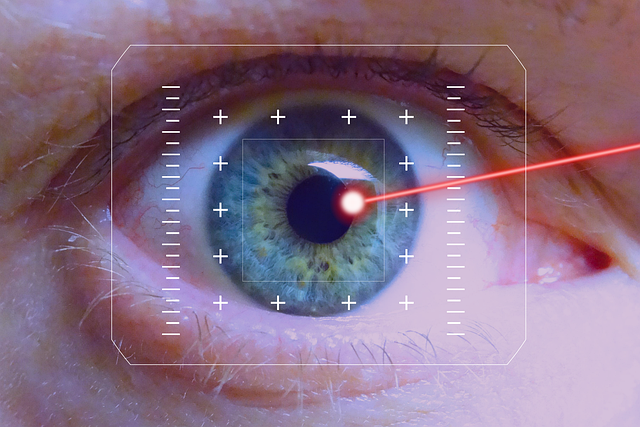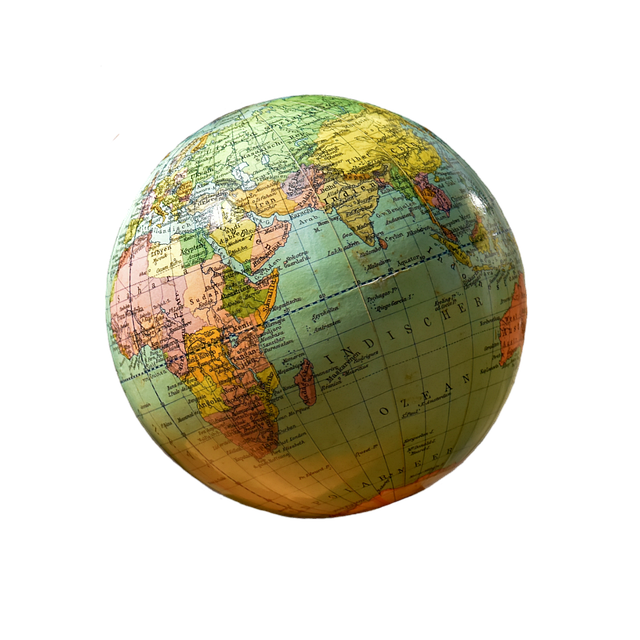Mastering Light Measurement: A Photographer’s Guide
Category: Photography
As photographers, we often find ourselves dancing with light, interpreting its mysteries to capture breathtaking images. Whether you’re a seasoned professional or an enthusiastic beginner, understanding light measurement is crucial to elevating your photography to new heights.
The Essence of Light
Light is the fundamental ingredient in photography—it shapes our world and defines our artistry. The right measurement can transform a mundane scene into a stunning visual experience. Think about those golden hour shots when the sunlight wraps everything in a warm glow; that’s where effective light measurement plays a pivotal role.
Types of Light Measurement
There are several methods for measuring light, and each has its application in various scenarios:
- Incident Light Metering: This method measures the light falling on your subject and is ideal for outdoor portraits, ensuring your subject is perfectly exposed.
- Reflected Light Metering: Most cameras use this method by measuring the light reflecting off your subject. However, be cautious with high-contrast scenes, as adjustments may be needed to ensure accurate exposure.
- Spot Metering: A technique that allows you to measure light in a very small area of the frame. This is particularly useful for complex lighting situations, helping you pinpoint your subject amid distractions.
Practical Tips for Effective Light Measurement
Now that you’re familiar with different types of light measurement, here are some practical tips to enhance your skills:
- Practice Makes Perfect: Spend time getting comfortable with your light meter, whether built-in or handheld. Test in various conditions to learn how different settings affect your exposure.
- Understand Reflective Patterns: Realize that light bounces differently off surfaces. White walls reflect more light than dark ones. Adjust your settings accordingly to avoid overexposed highlights.
- Utilize Histogram: Always check your camera’s histogram after taking a shot. It can help you understand if your image is correctly exposed or if adjustments need to be made for future shots.
- Experiment with Manual Settings: While auto modes are convenient, they often misinterpret scenes. Challenge yourself to use manual settings, relying on your understanding of light measurement to guide your adjustments.
The Emotional Impact of Light
As you delve into the intricacies of light measurement, remember that light does more than merely illuminate; it conveys emotion. It can evoke feelings of warmth, melancholy, or tension. Pay attention to how different lighting scenarios affect the mood of your images, and use your newfound knowledge to amplify the emotions you wish to capture.
Join the Community
Join photography groups or workshops where discussions about light measurement take center stage. Sharing insights with fellow photographers can provide new perspectives and inspire creativity. As you develop your skills, remember that every great photographer was once an eager learner, just like you.




